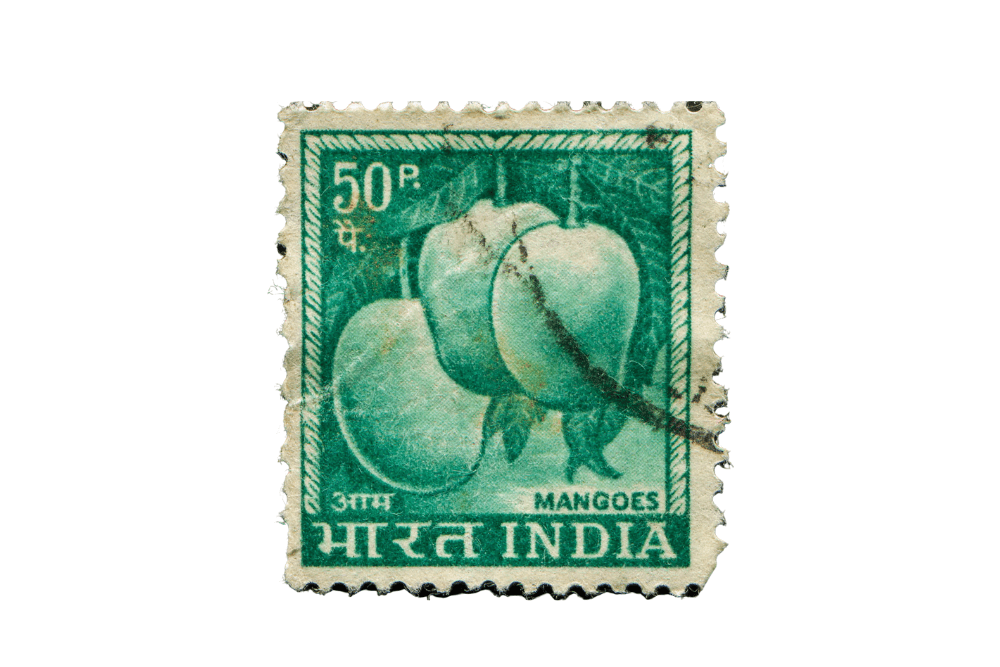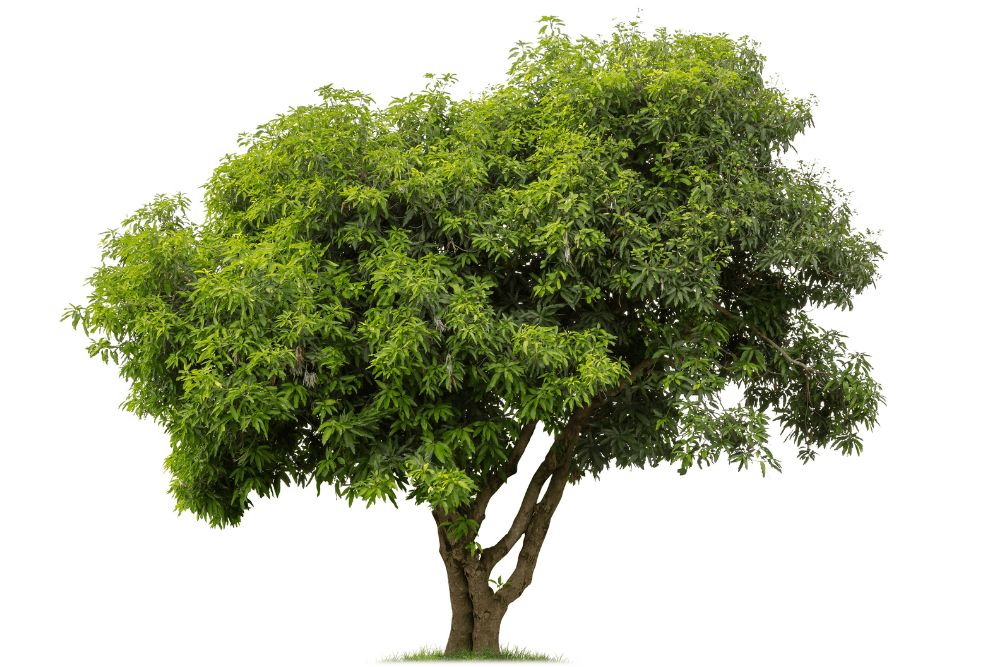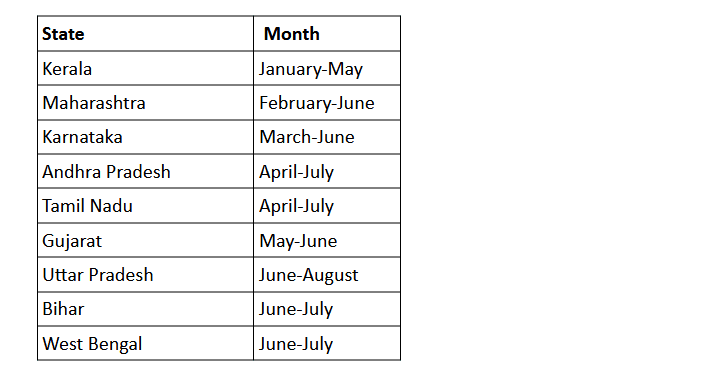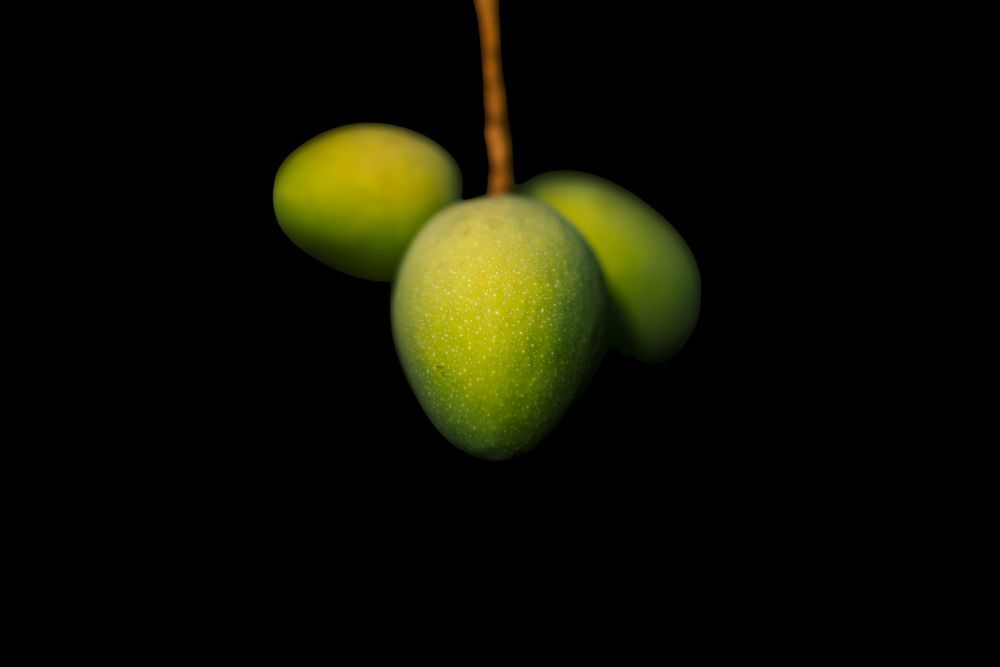
Rooted in History:
The mango is more than just a fruit; it's a symbol of celebration, emotion, and nostalgia, captivating our senses with its flavor, fragrance, and taste.
Its history in India is ancient, dating back to 4000 B.C when Buddhist monks cultivated mangoes, which were considered a sacred fruit in Buddhism. Mangoes were also carried by Alexander the Great after his battle against King Porus. In ancient India, mangoes were considered a symbol of love and fertility and were often given as gifts to important people.
Even Mughal rulers were obsessed with the fruit, with Shah Jahan importing them from various parts of the country and having a special variety named after him. Mangoes were so treasured that when Humayun was escaping to Kabul, he still made sure to have them transported to him. You would be intrigued to know, that the famous Persian poet Amir Khusru referred to the mango as "Naghza Tarin Mewa Hindustan" (the fairest fruit of Hindustan).

Cultivation & Care:
Over time, mango cultivation has expanded across India, giving rise to distinct varieties in different regions. Today, India has emerged as one of the largest mango producers in the world, with a staggering collection of over 1000 mango types grown across the country. As per the National Horticulture Board of India, the country produced a whopping 24.7 million tons of mangoes in 2020-21.
Although India's mango production is substantial, most of the mangoes are consumed within the country, with only a small portion being exported to other nations. In 2020-21, India exported around 52,000 tons of mangoes, which constituted less than 1% of its total production. This demonstrates the deep-seated love for mangoes in India and the enthusiasm it generates among people every summer.

Mango Footprint:

Mango farming plays a crucial role in India's agriculture industry, with the country being the largest global producer of mangoes, accounting for about 40% of the world's total production. Mangoes are cultivated in various states of India, including Uttar Pradesh, Maharashtra, Andhra Pradesh, Karnataka, and Gujarat, using traditional farming methods such as grafting and pruning to enhance the fruit's quality and yield. Additionally, farmers employ pesticides and fertilizers to manage pests and diseases, enrich soil fertility, and improve crop yield.
The mango farming industry in India faces a range of challenges such as climate change, market fluctuations, and pests and diseases. To address these obstacles, farmers are adopting new technologies like drip irrigation and precision farming to improve water utilization and reduce the impact of climate change. Additionally, they are utilizing sustainable and cost-effective integrated pest management strategies to manage pests and diseases.
Harvesting is a critical phase in the mango farming process, where fruits with at least a 4-inch stem length are handpicked to prevent sap from damaging the fruit's skin. After harvest, the stem is trimmed to 1-2 inches, and the fruits are inverted under the shade for approximately 45 minutes to de-sap, an essential step in the harvesting process. Farmers also take small precautions, such as aligning the fruits horizontally and grouping them in the right numbers to reduce transit damage, to ensure the fruit reaches consumers in optimal condition.
Mango on a plate:
Mango is a versatile ingredient in culinary arts and has been used, experimented with, and enjoyed widely. From the kitchens of the Mughal Khansamas came dishes such as Aam Panna and Amm ki mithi Pulao, while in southern India, dishes like Mambazha Pulissery or Kachcha Aam ka kheer are popular. The fruit's culinary influence is not limited to Asia, as seen in the South American-inspired Mango Salsa and Guacamole, and a variety of drinks, ice creams, and sorbets that offer a wide range of flavors to satisfy any palate.
Mango is a truly a fascinating fruit. It's luscious flavor and vibrant colors remain a delight that transcends borders and languages, bringing joy to countless individuals worldwide for ages.
